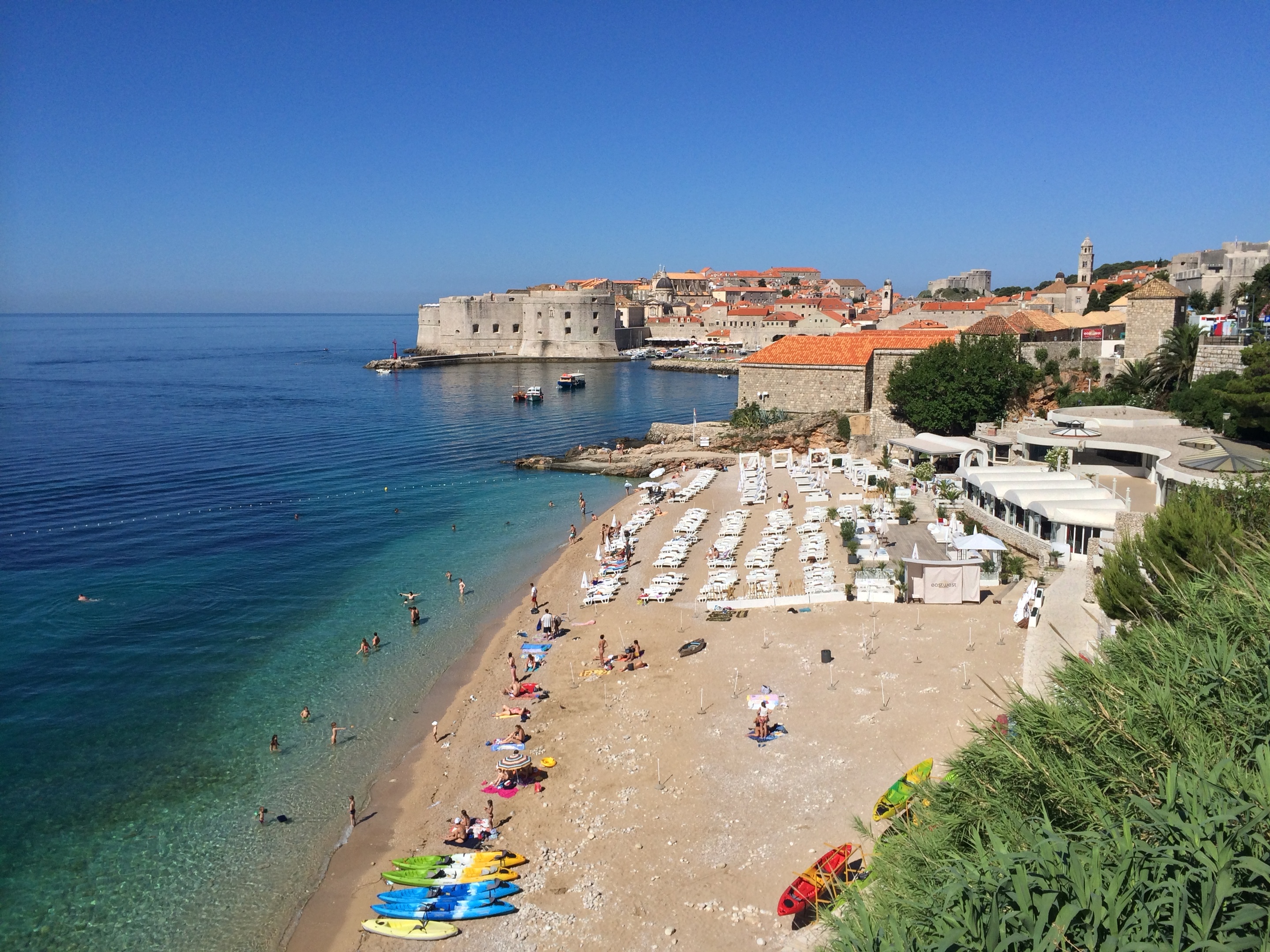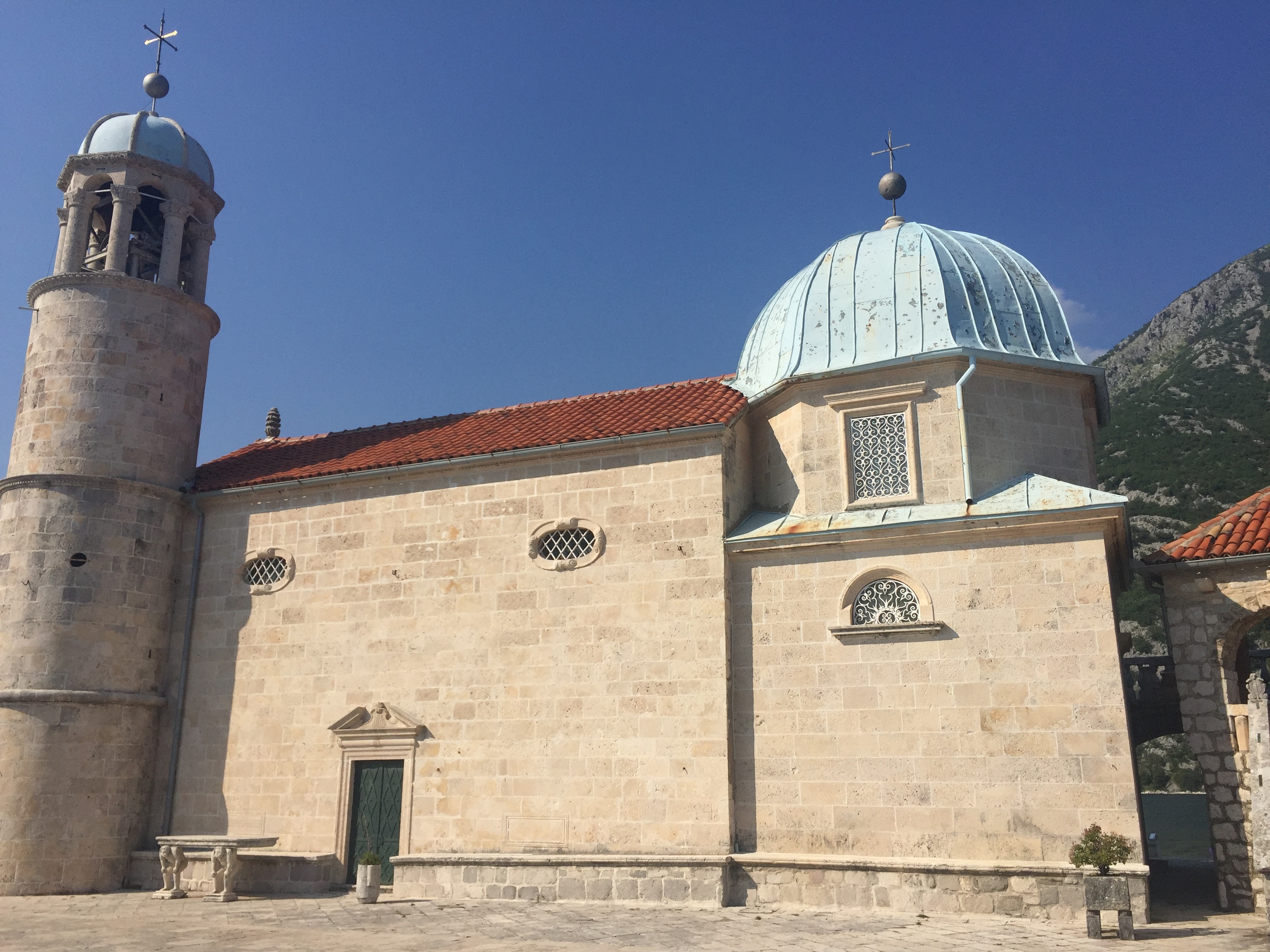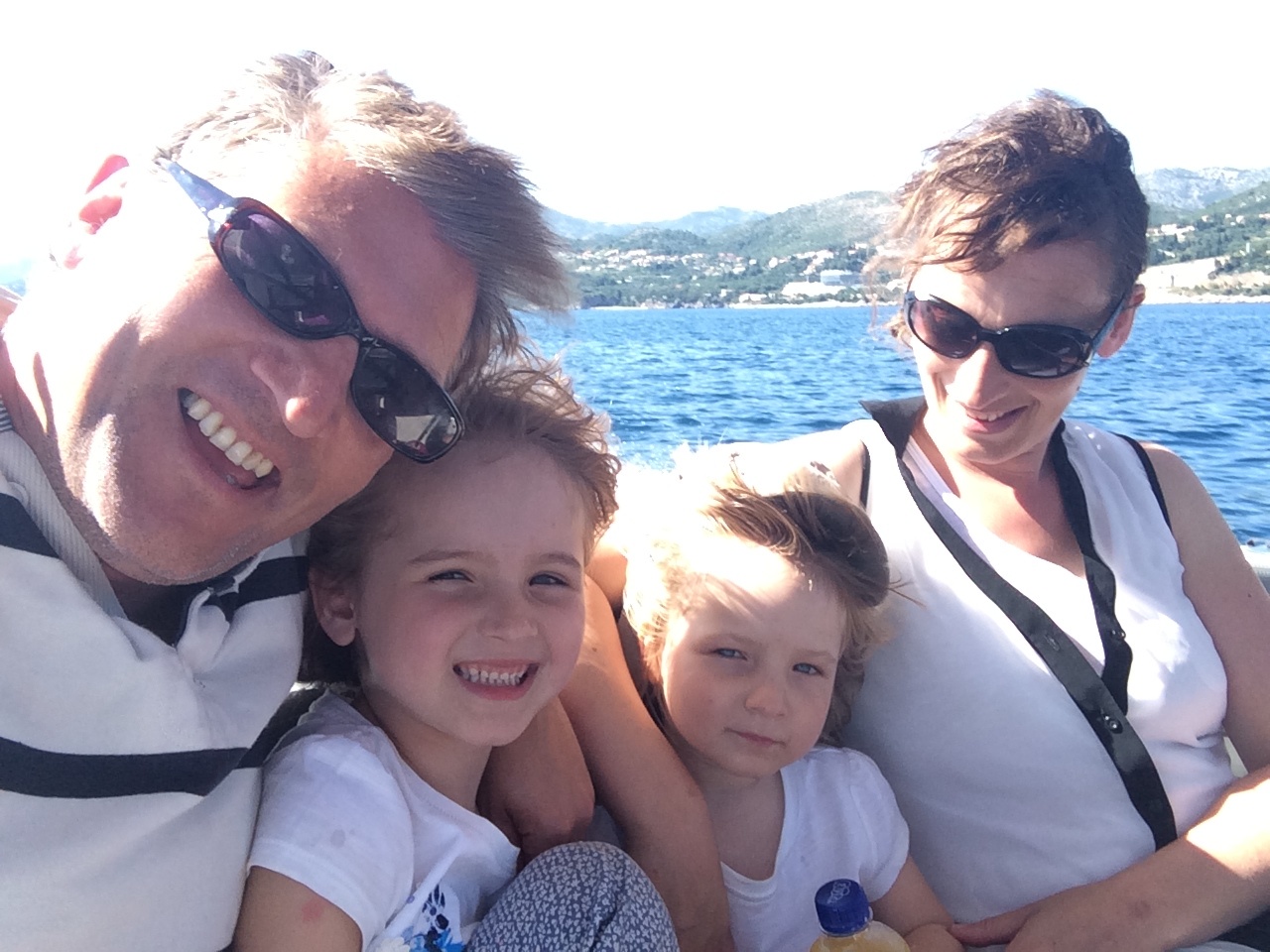
I FIRST went to Croatia and Montenegro as a reporter covering the war there in the early 1990s.
Thankfully, visiting today is no longer a turbulent experience. Indeed, the sparkling Adriatic coastline of these neighbours is now one of Europe’s hottest tourist destinations.
Their renaissance has been impressive and continues apace all along the coast.
On my visit, it was great to see the hotels and restaurants stepping up a gear and quieter areas getting more attention.
We kicked off in the northern Istria region, which was the focus of sunshine holiday tourism in the old Yugoslavia. Today, the largest resort, Porec, is still great for a package holiday, with its hotels underpinned by the grand legacies of Roman rule.
I prefer the neighbouring resort of Rovinj, which wears its romantic Venetian heritage on its sleeve, its old town peninsula boasting a hilltop church whose vaulting bell tower wouldn’t look out of place in Venice.
Rovinj’s old town is great to stroll around with lots of cafes and restaurants, and wee shops selling handmade crafts and paintings.
Since the 1990s, the fastest development on the Croatian coast has been further south in Dalmatia and that is, for me, the most dramatic and enjoyable region to visit.
Dalmatia’s jewel is the UNESCO World Heritage listed oasis of Dubrovnik, famously eulogised by Lord Bryon as The Pearl of the Adriatic.
Dubrovnik truly is thrillingly unique. The perfectly preserved baroque old core is protected by vaulting stone walls and rugged fortifications.
On one flank, the Adriatic shimmers below the ramparts, on the other the walls gaze up towards voluminous limestone cliffs.
It is a breathtaking scene, best appreciated from the restored cable car that sweeps tourists up Mount Srd.
On this latest trip I decided not to just enjoy Dubrovnik by land, so I headed out with Dubrovnik Boats (dubrovnikboats.com) to view the city from the sea and to explore Dalmatia’s islands.
It proved a wise choice as my expert skipper swept me off to some great swimming spots, a sprinkling of craggy sea caves and to a small family-run seafood restaurant right by the water’s edge.
Pushing south across the border now we venture out of the EU and into Montenegro.
Compared to Croatia, it’s a little rougher around the edges, but there is no doubting the beaches nor the scenery.
I can see why Lord Byron gushed: “At the moment of the creation of our planet, the most beautiful merging of land and sea occurred at the Montenegrin seaside”.
The most beautiful merging of all occurs in the Bay of Kotor, the nearest the Mediterranean has to a fjord.
When I first discovered this oasis back in 2003 I was gobsmacked at its crystal clear waters, haunting 1000m high mountains and the little island in the middle topped with its own little church.
It was to that church, Our Lady of the Rocks, that I headed on arrival this time on a boat trip organised by my hotel, the Regent Porto Montenegro.
After snapping dozens of photos of this impossibly picturesque island, it was back on the boat to explore Kotor, Montenegro’s answer to Dubrovnik.
A tour of its old stone streets brought a flurry of churches before I whiled away a few hours in its pavement cafes.
After a week on the coast I decided for a change to make a foray inland.
I hooked up with Undiscovered Montenegro to explore the area around Lake Skadar, the largest lake in the Balkans, just a few miles inland.
My hosts were the affable and welcoming Ben and Emma Heywood.
They run week-long holidays from their lovely Villa Miela, which reclines in the hills overlooking the lake.
They specialise in “soft adventure” – slower-paced activities – and took me off for a day kayaking and then another day on a walking safari.
Both of these active experiences opened up another world, one of epic mountains, glass-smooth lakes and rich history that lies just behind one of the world’s most spectacular and relaxing coastlines.
Next time I go back, I will not only be checking out the coast’s shining stars but also the treasures that lie inland in Croatia and Montenegro. I recommend you do the same.

Enjoy the convenience of having The Sunday Post delivered as a digital ePaper straight to your smartphone, tablet or computer.
Subscribe for only £5.49 a month and enjoy all the benefits of the printed paper as a digital replica.
Subscribe
